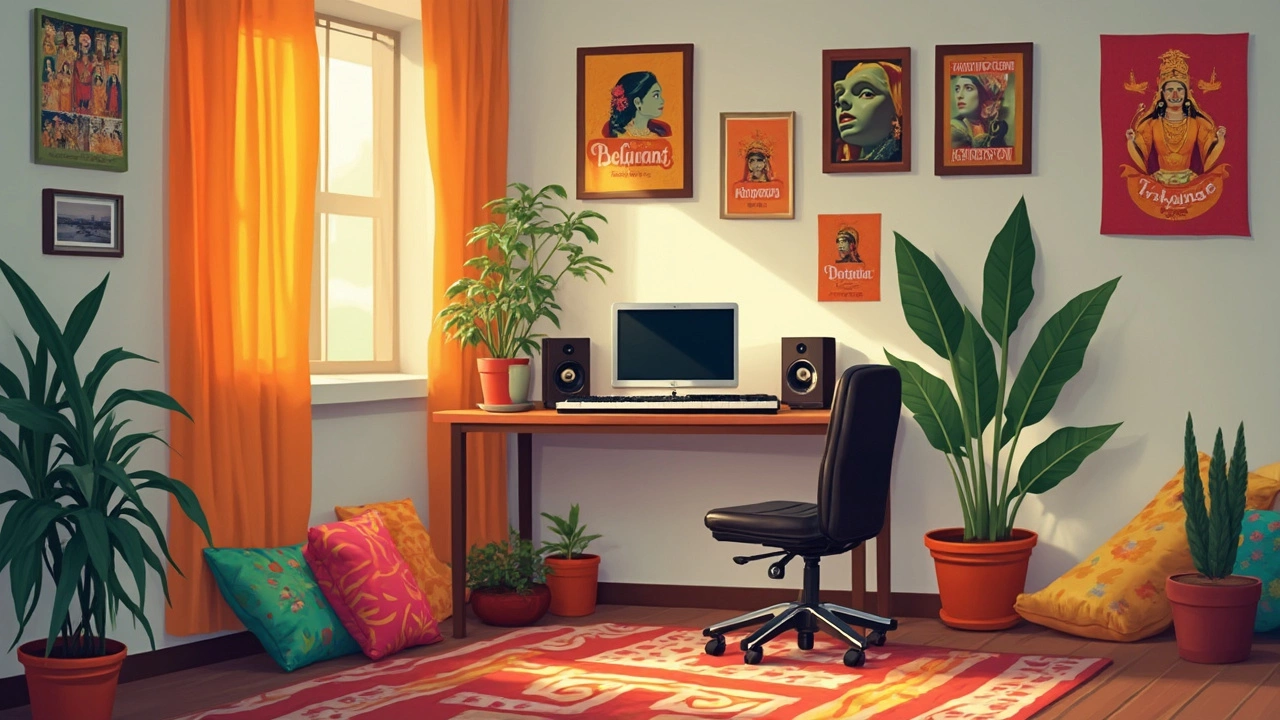Home Recording Made Simple: What You Need to Know and How Much It Costs
Thinking about laying down tracks without leaving your flat? You don’t have to splurge on a fancy studio if you set up the right basics at home. In 2025 the gear is cheaper, the software is easier, and you can get a decent sound for a fraction of the price. Let’s break down the must‑have items, the hidden costs, and the steps to make your home studio sound professional.
Why Record at Home?
Home recording gives you freedom to work whenever inspiration hits. No more booking slots, no travel, and no pressure to finish in an hour. It also means you can experiment with different arrangements without watching the clock. For Indian musicians, a small home studio can cut the cost of a one‑hour studio session (often ₹2,000‑₹5,000) down to just the price of a coffee if you already own a laptop.
Basic Gear and Budget Breakdown
Here’s a quick checklist that covers everything you need to start recording vocals, guitars, or electronic beats:
1. Computer – Anything that runs a DAW (Digital Audio Workstation) smoothly. A mid‑range laptop or desktop around ₹30,000‑₹45,000 works fine.
2. Audio Interface – This is the bridge between your instruments and the computer. A 2‑in/2‑out USB interface costs about ₹7,000‑₹12,000.
3. Microphone – For vocals, a cardioid condenser mic in the ₹5,000‑₹10,000 range is enough. Pair it with a pop filter (₹500‑₹800).
4. Headphones / Monitors – Closed‑back headphones (₹3,000‑₹6,000) prevent bleed while you track. If you can stretch a bit, a pair of studio monitors (₹10,000‑₹15,000) gives a clearer mix.
5. DAW Software – Free options like Audacity work, but most choose affordable versions of FL Studio or Ableton Live (~₹8,000‑₹12,000 for a basic license).
6. Cables & Stands – XLR cables, mic stands, and a desk tripod add another ₹2,000‑₹4,000.
All together, a functional home studio can be set up for roughly ₹60,000‑₹100,000, depending on brand preferences. Compare that to renting a professional space for a single song, which can easily exceed ₹10,000.
Don’t forget the recurring costs: electricity, occasional plugin upgrades, and maybe a small acoustic treatment kit (foam panels cost about ₹2,000 for a basic set). These are one‑time or low‑maintenance expenses that keep your room sounding clean.
Once you have the gear, the real work is learning the software. Spend a few evenings watching free tutorials on YouTube – there are dozens tailored to Indian music producers. Practice recording simple riffs, then layer vocals, and you’ll see the learning curve flatten quickly.
Finally, treat your home studio like a mini‑business. Set a schedule, keep track of hours, and back up your sessions regularly. A cloudy day won’t ruin a mix if you have copies stored on an external drive.
Home recording in 2025 is more accessible than ever. With the right equipment and a bit of patience, you can produce tracks that hold up next to studio‑recorded songs, all while saving time and money. Ready to hit record?
